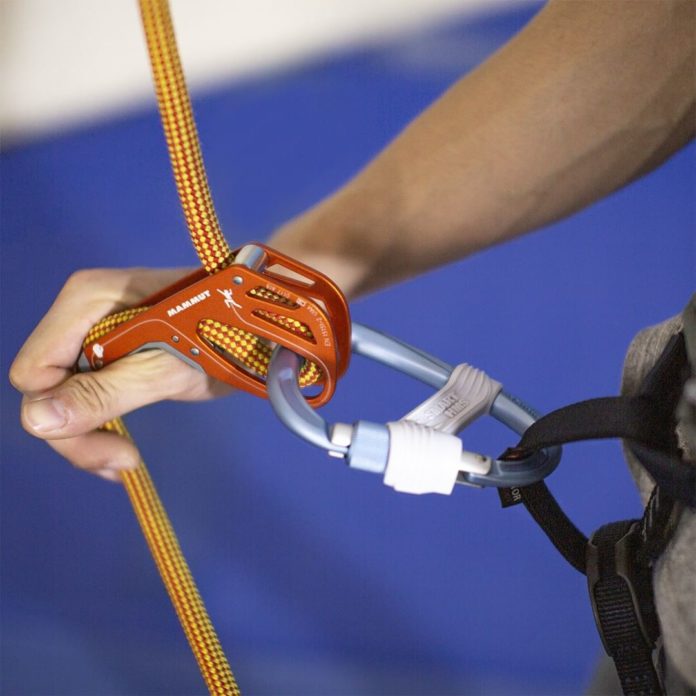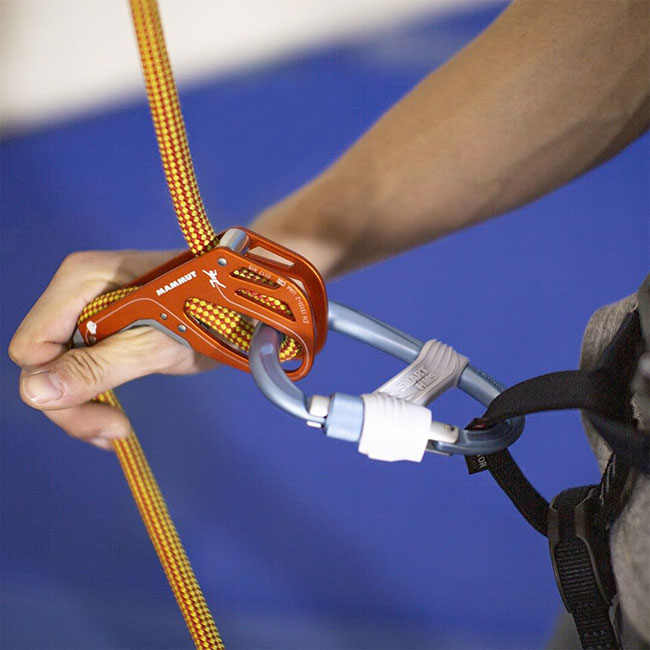

By Halil Ngah
It has been two years since a handful of gyms on the tropical island country of Singapore made the controversial decision to ban the use of tubular belay devices (ATCs and similar pieces). At that time, all members of those Singapore gyms who were certified to belay with tubular devices were given a multi-month grace period, during which they were required to re-certify to proficiently belay with an assisted-braking belay device (such as the Petzl Grigri, Mammut Smart, etc.) The ban came as a result of multiple accidents in the Singapore gyms—at times as many as one ground fall per week—in which tubular devices were used. Additionally, the ban was informed by a 2012 study from the German Alpine Federation that concluded that belayers using assisted-braking belay devices frequently committed less belaying errors.
The ban is an example of the climbing gym industry’s growth and evolution, with practices and equipment that have been standard for decades being questioned and (in this case) prohibited. It was encouraged by the belief that redundancy when belaying can minimize risk, especially as more newcomers take up climbing.
Since the ban, statistics have shown a significant decrease in the amount of serious belaying incidents in Singapore gyms (“serious” meaning ground falls that require professional medical attention). In some cases, the yearly statistic of serious incidents decreased from five to just one—and, in that case, it was a bystander who was injured and not the climber.
It should be noted that banning the use of tubular devices has not been a magic bullet. In the case of these Singapore gyms, the ban was coupled with stricter re-certification efforts and education. Also, this update is not an endorsement of assisted braking devices over tubular devices, necessarily, nor is it an encouragement for North American gyms to follow suit and ban tubular devices. The update simply aims to share the results of the decision in Singapore with the larger international climbing community.
About the Author: Halil Ngah founded Climb Asia 16 years ago and built Singapore’s first commercial climbing gym. The Climb Asia Group now owns and operates 12 climbing gyms across 6 countries from the Philippines to India.

Climbing Business Journal is an independent news outlet dedicated to covering the indoor climbing industry. Here you will find the latest coverage of climbing industry news, gym developments, industry best practices, risk management, climbing competitions, youth coaching and routesetting. Have an article idea? CBJ loves to hear from readers like you!







